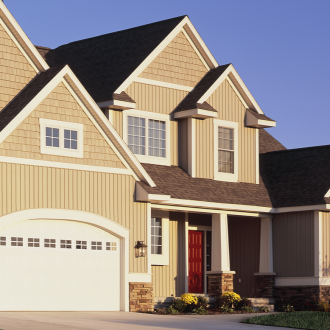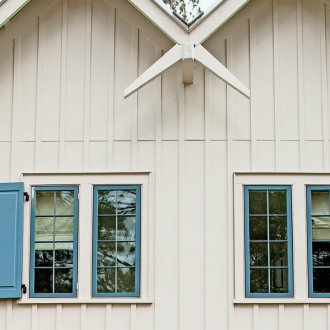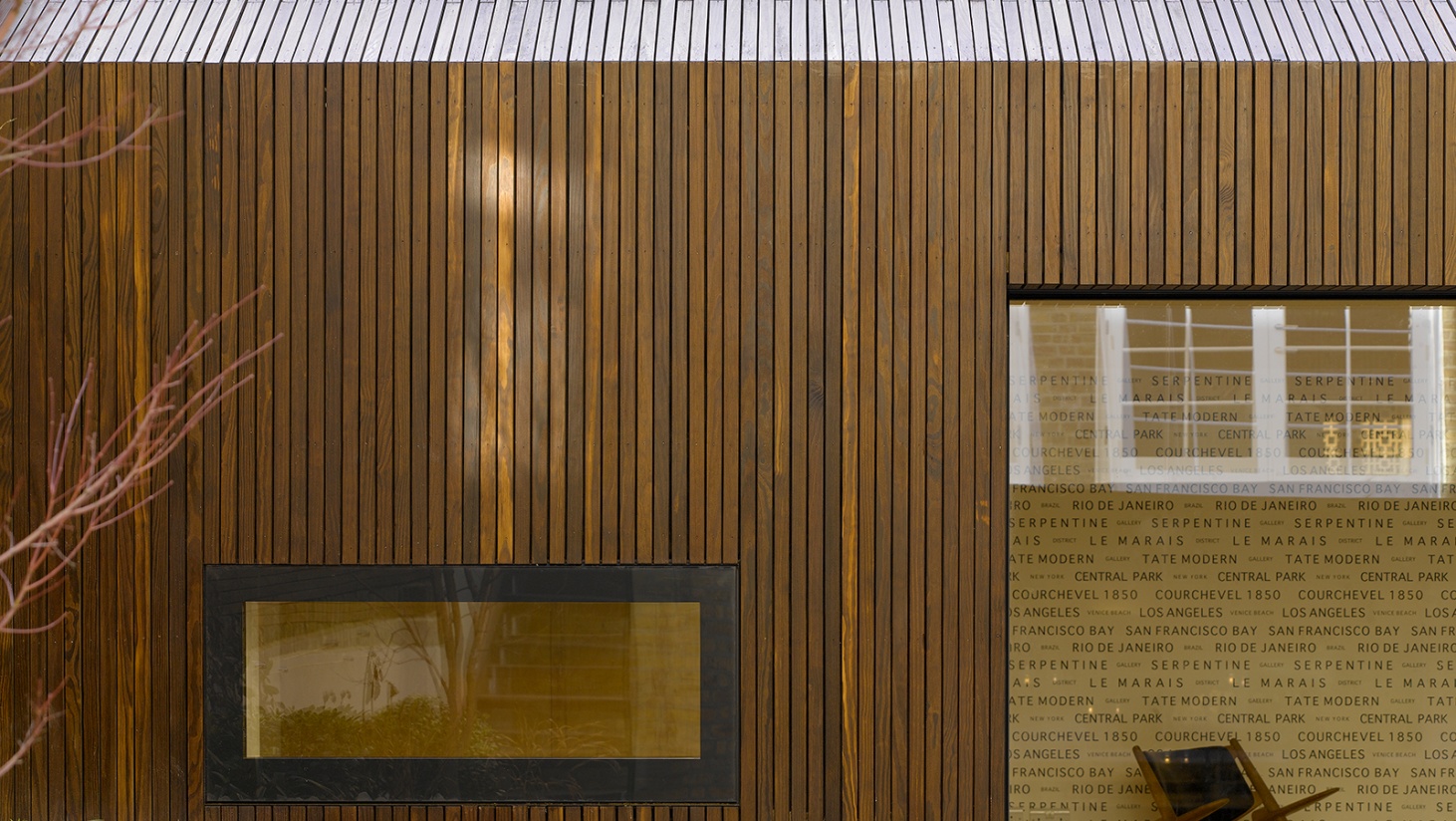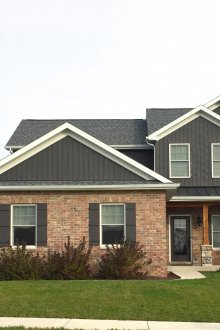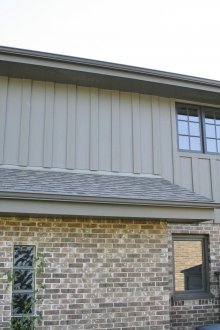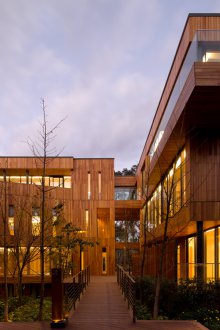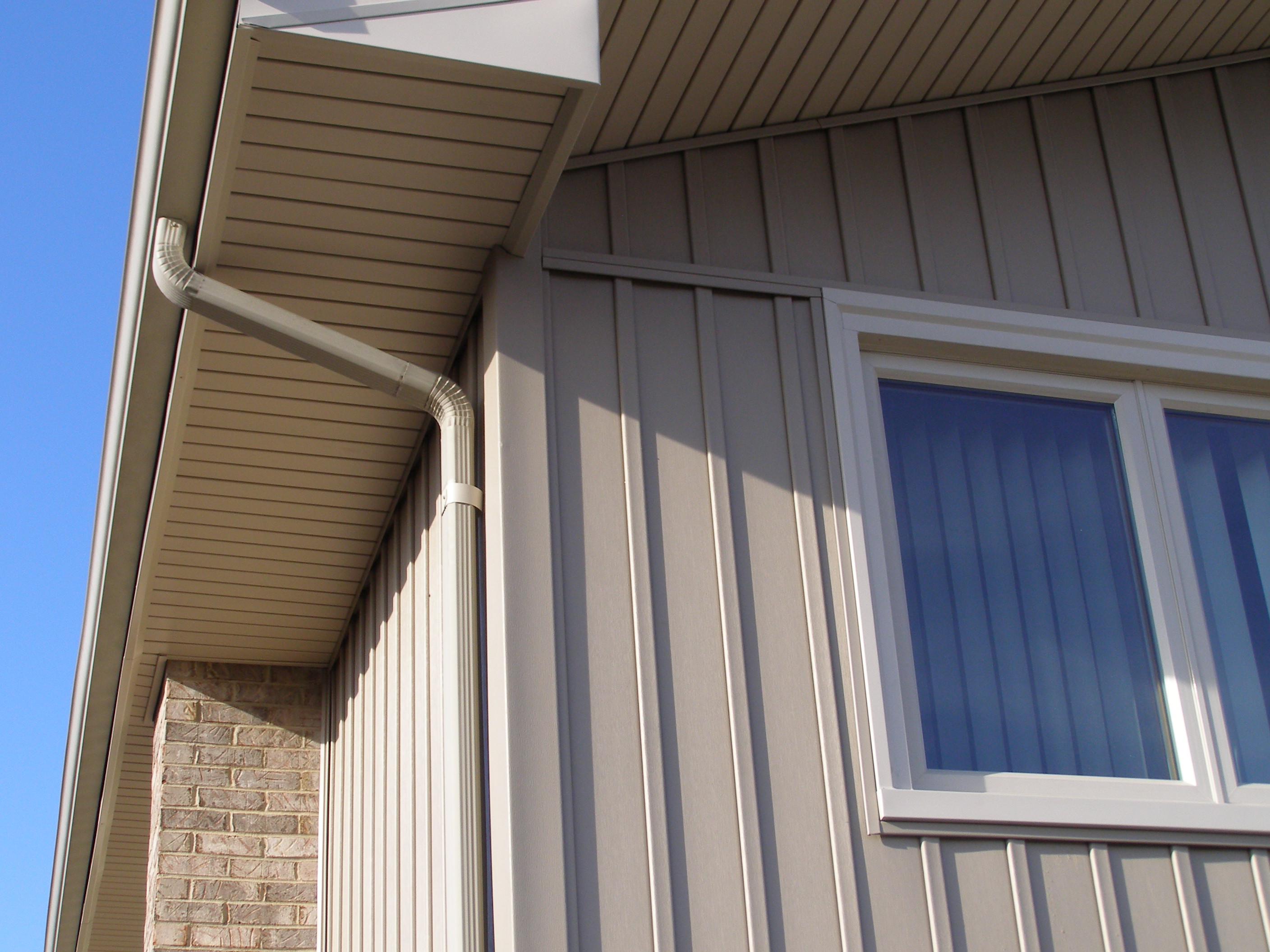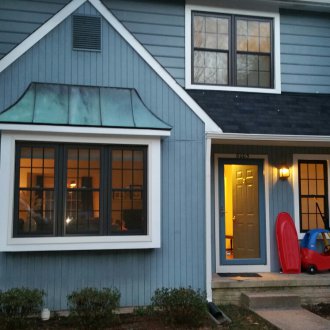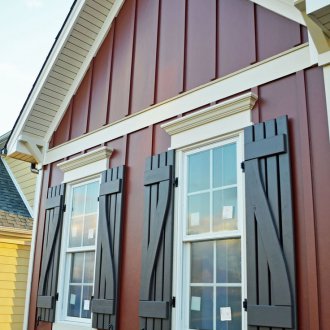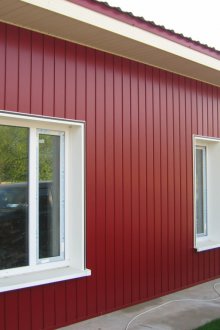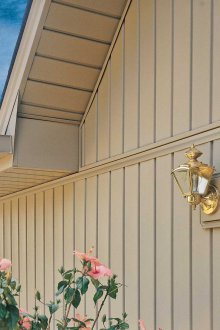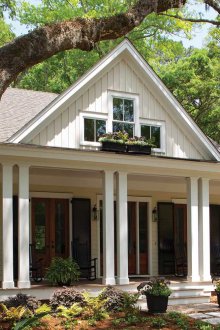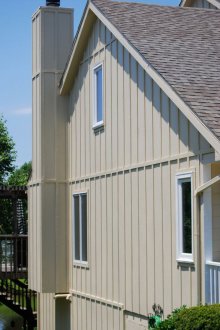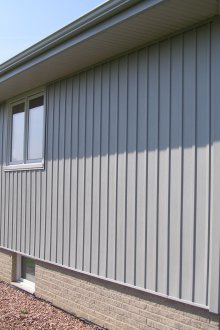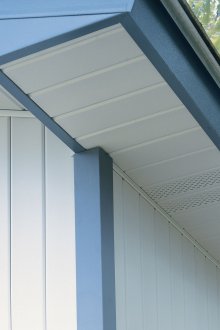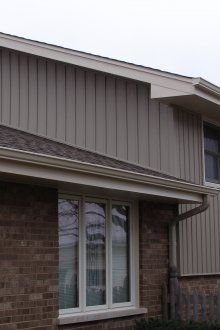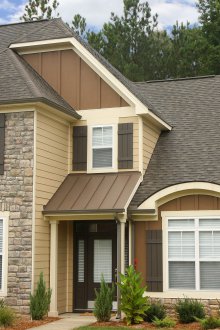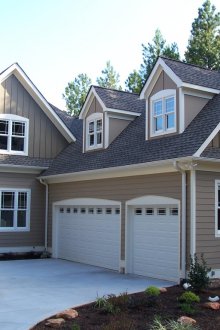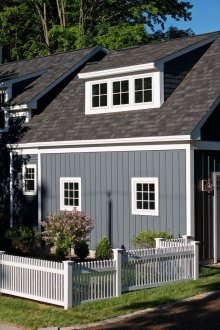Vertical siding in home decoration: the main advantages (21 photos)
Content
Vertical siding is a new invention in the construction industry, which allows you to bring the most unusual design ideas to life. Vertical cladding panels are used to clad the entire facade of the building, and combinations with horizontal siding look impressive and stylish. Sheathing the individual parts of the cottage with multidirectional panels allows you to correctly place accents, gives the structure elegance and completeness. Why is it worth choosing this material, what are its features and how to mount vertical siding with your own hands?
Material benefits
Currently producing the following types of vertical siding:
- metal;
- vinyl;
- PVC
Each of these species has characteristic features, but their advantages are identical:
- Compliance of the manufacturing process with the requirements of the international standard.
- The panels are not subject to deformation, destruction as a result of exposure to critical temperatures, sudden changes or under the influence of chemicals.
- Vertical siding does not fade and does not fade over time; its impeccable appearance is preserved for many years. The matte surface of the material is not exposed to sunlight, in addition, it looks respectable.
- The material has moisture resistant properties, so it does not rot, does not absorb moisture, and is not covered by mold.
- Compliance with environmental and fire safety standards.
- The ability to choose a material of various shades, sizes and styles. Vertical siding visually extends the building, this advantage is successfully used by modern designers to give the building an individuality.
- An excellent combination with other finishing materials used to decorate the facade. The right combination will emphasize the architectural merits of the house. It is often used for cladding the walls of houses in which several families live to highlight private ownership.
- Protection of the walls of houses from the penetration of moisture and wind, as a result, the durability of the structure is significantly extended. Vertical siding is equipped with a special anti-hurricane mechanism that ensures the reliability of the structure, which is why you can be sure that during the wind the surface will not rattle.
- Due to the lightness of the material, the structural elements of the building do not experience serious loads.
- The surface does not require additional care, for cleaning it is enough to occasionally pour it with water from a hose. The material is hygienic, fats and dirt do not penetrate into it, is not exposed to harmful insects.
- Installation of vertical siding is quite simple, it can be done independently.
- Long exploitation. With proper installation, the material retains its properties for 50 years or more.
- Affordable price.
Vertical metal siding has heavy-duty properties, however, if the mounting technology is not followed, rust may form on the surface. Moreover, its price in the market of materials is two times more expensive than that of the analogue of plastic.
What are the differences between horizontal and vertical siding?
First, horizontal siding appeared on the building materials market, after the emergence of vertical material, disputes immediately appeared which one is better. It should be noted that they have equivalent mechanical characteristics, but experts say that installing a vertical siding is easier. What are their main differences?
Installation of horizontal panels is carried out only if there is perforation at the lower end of the lock, covering the house with vertical siding ensures easier condensate drainage, but moisture can penetrate inside from the upper side, at the junction of the panels and roof sheathing. The presence of additional perforation is a distinctive feature of horizontal models.
The method of mounting these panels also differs: if you fix vertical panels as well as horizontal ones, this is fraught with leakage of rain water and subsequent rotting of the base of the building.
How to choose a material?
So that home decoration does not disappoint with its results, you should choose the right siding. What to look for and what recommendations should be followed?
As a rule, modern manufacturers strictly comply with all requirements of the standards, so only certified products are provided in stores. The choice is mainly based on the personal preferences of the buyer, but before buying it is better to make sure that the material you like meets the following characteristics:
- The presence of an anti-lock. Installing a siding without this fastening threatens to constantly rattle the surface, well, and with strong gusts of wind, the material may come off.
- Optimum panel thickness and evenness of cut. If the thickness of the material does not exceed 1 mm, then as a result of severe frost or mechanical stress, it can be destroyed. An important quality criterion is the same cut thickness on all elements.
- Computer marking. This is evidence that the siding is made at a reputable and trusted company that values its reputation. Choosing a product from a reliable manufacturer is preferable, since in case of a shortage of material, it will be easier to re-order it.
- The same level of staining. High-quality and uniform painting on both sides is the guarantor of a beautiful view of the sheathed structure. Only uniform coloring will protect the material from burnout or sprinkling of paint.
Many owners of private houses prefer to buy siding with a "wet effect". The fact is that in a couple of years, a fashionable and attractive surface can turn into a shabby and spotty coating. In the selection process, you can find out the seller’s opinion, they are usually aware of what material is most appreciated by specialists.
Installation steps
Surface preparation
Installation of facing material is carried out only after careful preparation of the surface. To do this, additional elements (plums, lanterns) are removed from the wall, the old plaster is separated, if possible, all protruding ebbs and window sills are removed. All lagging structures are tightly fixed to the wall, and rotten ones are replaced.
Insulation
Some types of siding have a heat-insulating layer, but in the northern regions an additional layer of insulation is used for cladding houses. The thickness of the insulation is calculated based on the width of the battens. Vapor barrier should also be considered.
Installation of the crate
Vertical vinyl siding is mounted on a horizontal lath made of wood or metal, and this method is best used if the walls are uneven. All additional elements, profiles are mounted before the start of plating. If the walls of the building are perfectly smooth, then you can do without a crate, however, in the presence of the slightest irregularities, the panels can lie in waves, and this is extremely undesirable.
Panel Mounting
The panels of metal siding or another type of material are mounted symmetrically with respect to the central vertical line of the building facade on both sides. The installation should start from the top hole with perforation, the panel must be fixed in the center, observing an interval of 20-40 cm. In regions with strong winds, the pitch should be shorter than in calm areas. If the siding is not equipped with anti-lock locks, then nylon gaskets are placed under the fasteners.
Periodically, after installing several panels, it is recommended to check the installation angle. Otherwise, skew will surely turn out. In the joints, special seals are placed so that moisture and dust do not penetrate inside. Door and window openings are equipped with platbands, and when combining multidirectional siding, a fringing profile is used.
Great attention is paid to the choice of nails, preference is given to aluminum or galvanized specimens. When fixing the material, it is necessary to leave a small gap between the panel and the nail head, this will prevent the appearance of corrosion and ensure free movement of the surface during temperature changes.
Thanks to this modern material, you can quickly and easily transform the exterior of the building, make it unique, and following the sequence of actions will save you from unnecessary trouble.
